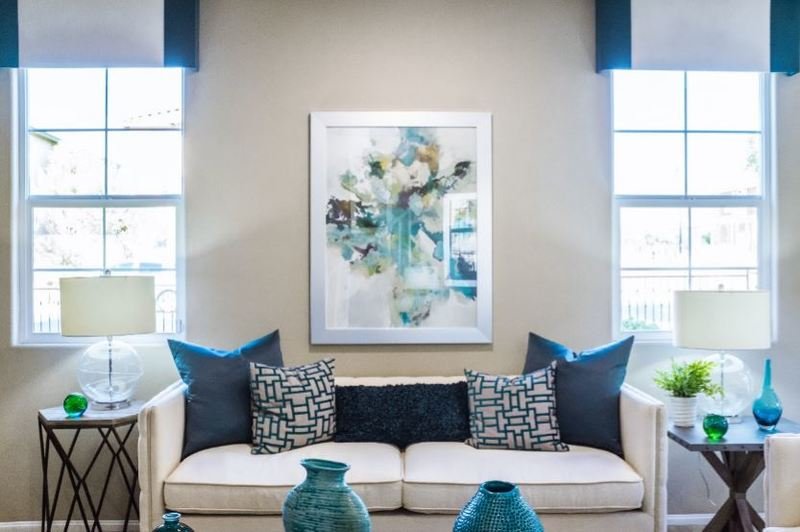Displaying paintings in your home is a great way to show your personality and add beauty to any room. How to display paintings in your home can seem tricky, but with a few tips, you can create a space that feels stylish and welcoming. In this post, we’ll share simple ideas on how to arrange your artwork and bring life to your living space.
Consider the Room’s Size and Style
1. Match the Size of the Painting to the Room
One of the first things to think about when you’re learning how to display paintings in your home is the size of the room. Large paintings can fill empty walls in big rooms, while smaller paintings are perfect for smaller spaces.
Proportions Matter
For example, a huge painting in a small room can make the space feel crowded. On the other hand, a tiny piece in a large room might get lost. Try to match the size of the artwork to the size of the room for balance.
2. Consider the Room’s Style
The style of the room also plays a big role in deciding how to display paintings in your home. If your room has a modern style, abstract paintings might fit well. For a traditional style, classical or nature paintings can complement the space.

Choose the Right Wall for Your Artwork
1. Focus on the Focal Point
When thinking about how to display paintings in your home, it’s important to choose the right wall. A large painting often works best as the focal point in a room. Think about which wall you want people to notice first when they walk into the room.
Center the Painting
Place the painting at eye level, usually around 57 to 60 inches from the floor, so it feels natural when you look at it. Center it on the wall for an even and balanced look.
2. Grouping Paintings
If you have multiple smaller paintings, you can create a gallery wall. When grouping paintings together, keep the spacing between them even, typically around 2 to 3 inches. A collection of paintings can tell a story, so arrange them in a way that looks cohesive.
Lighting Matters for Displaying Art
1. Use the Right Lighting
Good lighting is key to making your paintings stand out. How to display paintings in your home includes placing them in well-lit areas. Natural light is great, but direct sunlight can damage your artwork over time.
Use Picture Lights
One way to showcase your paintings is by using picture lights. These lights are designed to shine directly on the artwork without causing damage. They highlight the painting’s colors and textures beautifully.
2. Avoid Harsh Lighting
Be careful with harsh lighting, as it can create glare or shadows that hide the painting’s details. Soft, indirect lighting will ensure that your artwork is always visible in the best light.
Frame Your Paintings Carefully
1. Choose the Right Frame
When displaying paintings in your home, the frame is just as important as the artwork itself. How to display paintings in your home involves selecting a frame that complements the style and colors of the painting. A simple black or gold frame can give a modern or classic look, while a wooden frame suits a rustic or natural style.
Frame Color and Material
Keep in mind that the frame should not overpower the painting. The goal is for the frame to enhance the artwork, not distract from it. For vibrant or busy paintings, neutral frames are often the best choice.
2. Consider Matting
Matting is another option for your artwork. It helps to add space around the painting, which can make it look more elegant. Choose a mat color that matches the tones of the artwork or the room’s décor.
Mix and Match Paintings with Your Furniture
1. Blend with Your Furniture
When deciding how to display paintings in your home, think about how the art fits with your furniture. If you have neutral furniture, bold paintings can bring energy to the space. On the other hand, if your furniture is colorful, consider using softer, more neutral artworks to balance the room.
Complement the Color Palette
Try to match the color palette of your paintings with the colors in your room. This creates harmony and makes the artwork feel like it belongs in the space.
2. Add Personal Touches
Art should reflect your personal style. Feel free to mix different types of art, such as contemporary pieces with older paintings, or combine different mediums like oils, watercolors, and photography.
Conclusion
Learning how to display paintings in your home is about finding the right balance. Consider the size of the room, the style of the art, and the way it fits with your furniture. Pay attention to lighting and framing, and don’t forget to create a focal point with your artwork. With these tips, you can transform any room into a beautiful and inviting space that showcases your personal taste and love for art.

